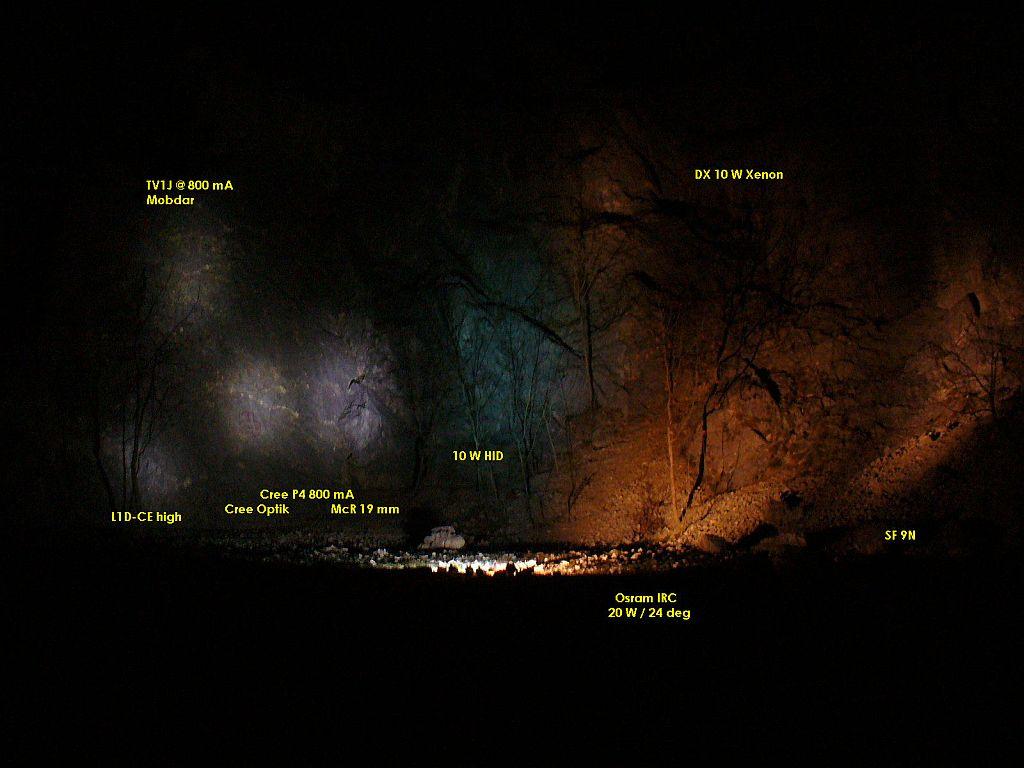Heya,
I'm no electrical engineer, let's get that out of the way right off. But I learn fast, and generally understand what's being said to me.
That said, is there a compelling reason why I can't use, say, a DB1000 stepdown converter from the Shoppe and a stack of 3x18650s to drive a WA Solarc 10w ballast?
If I'm reading all this right...
An option for the Solarc ballast is 13v as an operating voltage. Another version will operate at 10.2v.
According to the spec sheet, current draw for the 13v unit is ~750mA. The 10.8v one draws roughly 1.0a.
I am uncertain of what voltage the DB1000 can put out - the Shoppe just says "Luxeon V see calculator," which is not hugely useful to me.
If the DB converters can drive voltages that a WA Solarc ballast wants...both the DB750 and DB1000 can drive the currents. it should be possible to regulate the thing, right?
[Alternately, would two stacks of parallel 3x18650s in series make a Shark a happier alternative?]
Or am I just totally off the deep end, here?
I'm no electrical engineer, let's get that out of the way right off. But I learn fast, and generally understand what's being said to me.
That said, is there a compelling reason why I can't use, say, a DB1000 stepdown converter from the Shoppe and a stack of 3x18650s to drive a WA Solarc 10w ballast?
If I'm reading all this right...
An option for the Solarc ballast is 13v as an operating voltage. Another version will operate at 10.2v.
According to the spec sheet, current draw for the 13v unit is ~750mA. The 10.8v one draws roughly 1.0a.
I am uncertain of what voltage the DB1000 can put out - the Shoppe just says "Luxeon V see calculator," which is not hugely useful to me.
If the DB converters can drive voltages that a WA Solarc ballast wants...both the DB750 and DB1000 can drive the currents. it should be possible to regulate the thing, right?
[Alternately, would two stacks of parallel 3x18650s in series make a Shark a happier alternative?]
Or am I just totally off the deep end, here?




